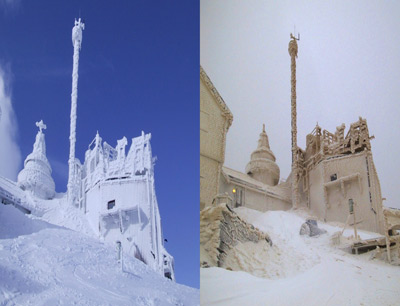Saharan dust in alpine lakes

Remote lakes have been recognized as sensors of global change and are key freshwater reference sites for global-scale processes, owing to their location outside of direct human influence. However, remote lakes are also subject to the deposition of atmospheric pollutants, mineral dust, and organic matter transported by aeolian processes. In a recent study published in Nature Communications, an international group of limnologists including Prof. Ruben Sommaruga from the Institute of Ecology and colleagues from NASA have uncovered the effect of dust, in particular from Sahara and Sahel, on the pool of dissolved organic matter (DOM) of remote alpine lakes. Dissolved organic matter (DOM) is the major form of aquatic organic carbon and has key functions in aquatic ecosystems, for example, supplying energy to support the aquatic food web and absorbing UV radiation and light, thereby regulating their penetration in the water column. The authors found in a global dataset of 86 alpine (Alps, Pyrenees, Sierra Nevada, Atlas) and polar lakes significant latitudinal trends in DOM quantity and quality which were explained by dust deposition, flux of incident UV radiation, and bacterial processing. Sommaruga said “our results imply that changes in land use and climate that result in increasing dust flux, UV radiation, and air temperature will shift the quality and probably the concentration of DOM in clear, alpine lakes”. In particular, rising temperatures in the future are likely to steer remote lake microbial dynamics toward greater productivity, while land use change and other disturbances that exacerbate the mobilization and transport of dust and its associated organic and inorganic constituents will have additional consequences for alpine lake trophic dynamics. Since the chemical character of DOM influences its bioavailability, its role in light attenuation in the water column, and consequently the water quality of alpine lakes, the observed geographic patterns in DOM and their relation to dust deposition are of great consequence for these remote systems.
Sommaruga and his research group have studied the link between alpine lakes and dust intrusions during a 3-years project supported by the Austrian Science Fund (FWF), which has recently finished. Another important issue he mentioned is that not only DOM, phosphorus and other inorganic elements such as calcium are transported in the dust from Sahara to the Alps, but also diverse bacteria and other microorganisms.